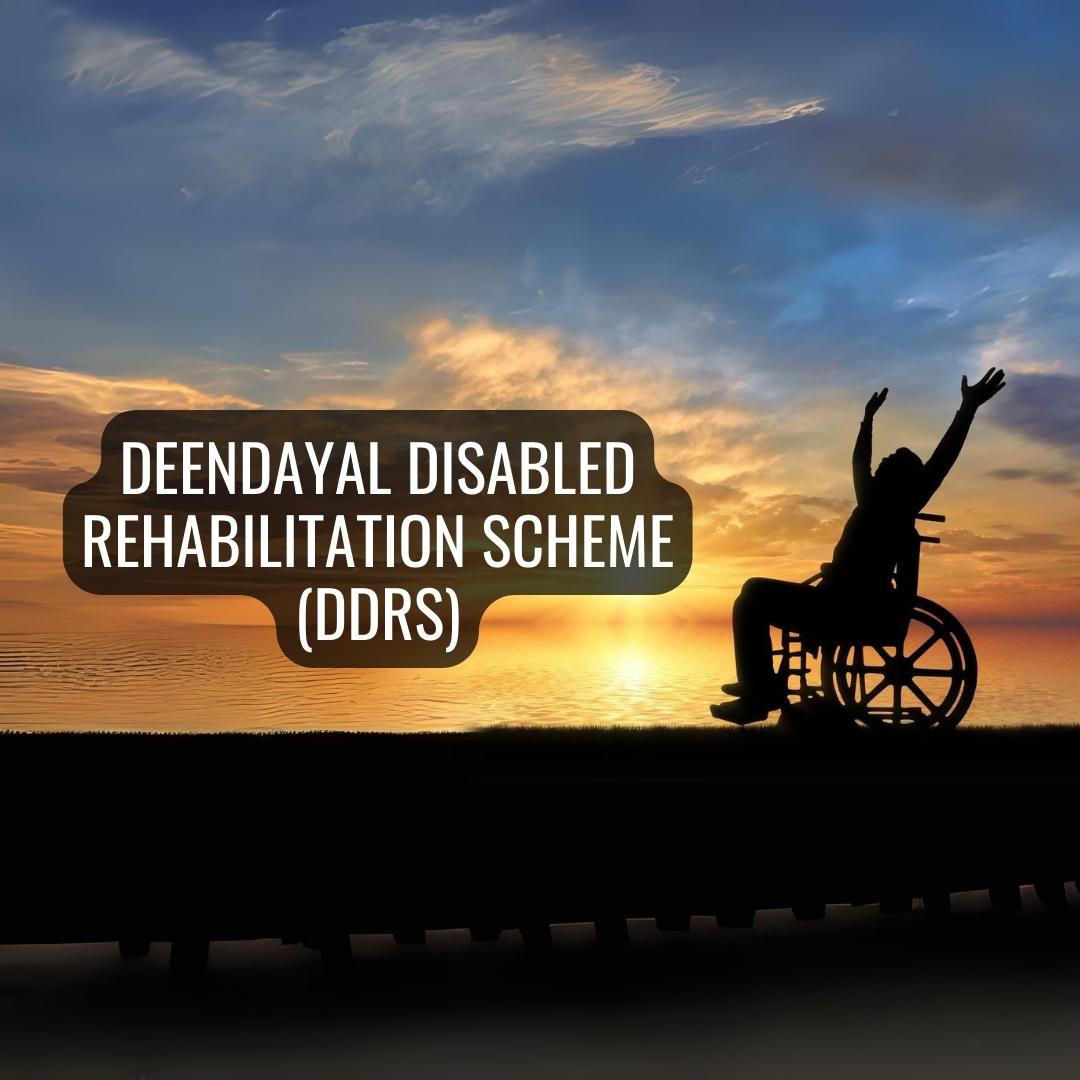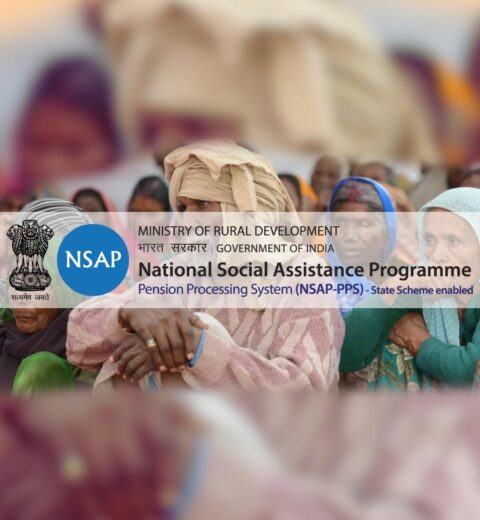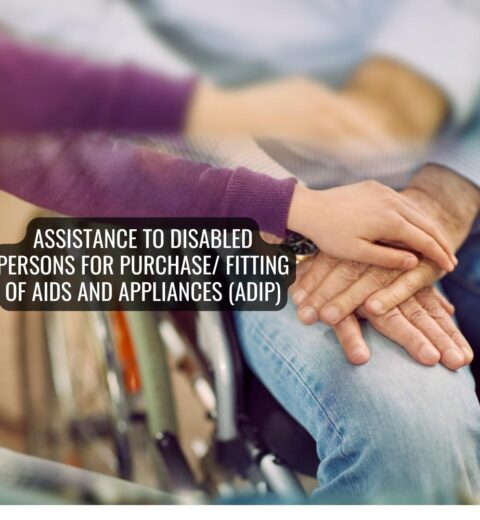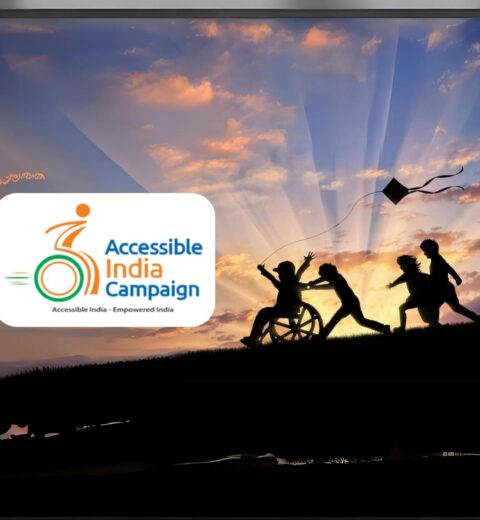Introduction:
In the realm of initiatives aimed at fostering inclusivity and empowerment, the Deendayal Disabled Rehabilitation Scheme (DDRS) emerges as a cornerstone within the comprehensive framework of the government disabled person scheme. Envisioned to address the unique challenges faced by individuals with disabilities, DDRS is a transformative Rehabilitation Scheme for disabled persons initiated by the Government of India. This blog seeks to unravel the intricacies of DDRS, exploring its historical evolution, key components, and the significant impact it has on the lives of disabled individuals across the nation. As a pivotal element in the broader government disabled person scheme landscape, DDRS stands as a testament to the government’s commitment to creating a society where individuals with disabilities receive comprehensive rehabilitation and support, fostering their empowerment and inclusion. In the pursuit of creating an inclusive and accessible society, the Government of India has introduced the Deendayal Disabled Rehabilitation Scheme (DDRS), a groundbreaking initiative designed to uplift and empower individuals with disabilities. This comprehensive blog endeavors to delve into the intricacies of the DDRS, shedding light on its historical evolution, key components, and the profound impact it has on the lives of disabled individuals across the nation. As a cornerstone within the government disabled person scheme framework, the DDRS plays a pivotal role in addressing the unique challenges faced by individuals with disabilities, aiming to provide comprehensive rehabilitation and support.
Historical Evolution:
The historical evolution of the Deendayal Disabled Rehabilitation Scheme (DDRS) within the broader context of the government disabled person scheme reflects a progressive trajectory aligned with India’s commitment to inclusive development. Established with a recognition of constitutional responsibilities towards citizens with disabilities, DDRS represents a pivotal chapter in the nation’s journey toward creating a more equitable society. Launched as part of the government’s comprehensive Rehabilitation Scheme for disabled persons, DDRS is rooted in the understanding that individuals with disabilities deserve focused attention and targeted support. Over the years, the scheme has evolved to consolidate efforts, streamline resources, and adapt to the changing needs of disabled individuals, becoming a transformative force in providing holistic rehabilitation and empowerment for this significant segment of the population. The roots of the DDRS can be traced back to a recognition within the constitutional framework of India, emphasizing the government’s responsibility to ensure the welfare of all citizens, including those with disabilities. Launched as part of the broader government scheme for disabled persons, DDRS was envisioned to consolidate efforts and streamline resources dedicated to the rehabilitation of disabled individuals. The scheme reflects a transformative shift in societal attitudes, acknowledging the rights and potential of disabled persons while actively working towards their empowerment and inclusion.
Key Components:
The Deendayal Disabled Rehabilitation Scheme (DDRS), a pivotal component of the overarching government disabled person scheme, unfolds its transformative impact through a range of key components. At its core, DDRS is dedicated to providing comprehensive rehabilitation to individuals with disabilities. The scheme addresses various facets of disabled persons’ lives, encompassing educational support, vocational training, and skill development programs tailored to their unique needs. Additionally, DDRS places a crucial emphasis on the distribution of assistive devices and aids, ensuring that disabled individuals have access to tools promoting enhanced mobility and independent living. Within this Rehabilitation Scheme for disabled persons, medical and therapeutic interventions play a vital role in enhancing the overall health and well-being of beneficiaries. By integrating these key components, DDRS aims not only to mitigate the challenges faced by individuals with disabilities but also to foster their empowerment and inclusion in societal spheres. The DDRS encompasses a multifaceted approach to rehabilitation, targeting various aspects of disabled individuals’ lives. Central to its mission is the provision of educational support, vocational training, and skill development programs tailored to the unique needs of disabled persons. Additionally, the scheme focuses on the distribution of assistive devices and aids, ensuring that individuals with disabilities have access to the tools necessary for enhanced mobility and independent living. Medical and therapeutic interventions form another critical component, aiming to improve the overall health and well-being of disabled individuals.
Implementation Mechanism:
The Implementation Mechanism of the Deendayal Disabled Rehabilitation Scheme (DDRS) plays a pivotal role within the broader framework of the government disabled person scheme, ensuring the effective translation of its objectives into impactful realities. DDRS operates through a collaborative approach, involving coordination between the central government, state governments, and a network of implementing agencies. This decentralized mechanism allows for tailored interventions based on regional requirements, making DDRS a dynamic and responsive initiative within the Rehabilitation Scheme for disabled persons. By streamlining the distribution process and ensuring efficient utilization of resources, the implementation mechanism ensures that the benefits of DDRS reach the intended beneficiaries promptly, contributing to the overarching goal of fostering inclusivity and accessibility for individuals with disabilities across the nation. Operationalizing through a collaborative mechanism, the DDRS involves coordination between the central government, state governments, and a network of implementing agencies. This ensures that the benefits of the scheme reach the intended beneficiaries efficiently. The decentralized approach allows for tailored interventions based on regional requirements, thus making the DDRS a dynamic and responsive initiative within the broader government disabled person scheme landscape.
Impact on Lives:
The Deendayal Disabled Rehabilitation Scheme (DDRS), as a transformative element within the broader framework of the government disabled person scheme, has a profound impact on the lives of individuals with disabilities. By providing comprehensive rehabilitation support, DDRS addresses the diverse needs of disabled persons, ranging from educational support and vocational training to the distribution of assistive devices. The scheme’s emphasis on education opens avenues for learning and skill development, enhancing the employability of disabled individuals and promoting financial independence. Through the distribution of aids and devices, DDRS significantly improves mobility and fosters autonomy, allowing disabled individuals to navigate daily life with increased confidence. As a result, the scheme not only mitigates the challenges faced by individuals with disabilities but also actively contributes to their empowerment and inclusion within society, marking a significant and positive impact on the lives of its beneficiaries within the Rehabilitation Scheme for disabled persons. The impact of the DDRS on the lives of disabled individuals is profound, transcending mere rehabilitation to foster a holistic sense of empowerment. Through educational support, the scheme opens doors to learning and skill development, enhancing the employability of disabled persons. Vocational training initiatives equip them with the tools to contribute meaningfully to society, promoting financial independence. The provision of assistive devices not only improves mobility but also instills a sense of autonomy, enabling disabled individuals to navigate daily life with increased confidence.
Challenges and Solutions:
Despite its commendable objectives, the Deendayal Disabled Rehabilitation Scheme (DDRS) encounters certain challenges within the framework of the government disabled person scheme. These challenges include limited awareness, bureaucratic hurdles, and regional disparities in implementation. To address these issues, there is a crucial need for intensified awareness campaigns to reach potential beneficiaries and their families, ensuring that they are informed about the available support. Streamlining administrative processes and enhancing collaboration with non-governmental organizations and disability advocacy groups can contribute to overcoming these challenges, fostering a more efficient and inclusive implementation of DDRS. By actively addressing and resolving these issues, DDRS can optimize its impact within the Rehabilitation Scheme for disabled persons, ensuring that it continues to uplift and empower individuals with disabilities across diverse regions and communities. Despite its commendable objectives, the DDRS faces challenges such as limited awareness, bureaucratic hurdles, and regional disparities in implementation. To address these issues, there is a crucial need for intensified awareness campaigns to reach potential beneficiaries. Streamlining administrative processes and enhancing collaboration with non-governmental organizations and disability advocacy groups can contribute to overcoming these challenges. By actively addressing and resolving these issues, the DDRS can further optimize its impact within the government disabled person scheme framework.
Conclusion:
In conclusion, the Deendayal Disabled Rehabilitation Scheme (DDRS) stands as a beacon of empowerment within the comprehensive framework of the government disabled person scheme. By addressing the diverse needs of individuals with disabilities through its multifaceted approach, including education, vocational training, and the distribution of assistive devices, DDRS epitomizes the government’s commitment to creating an inclusive and supportive society. As the scheme continues to evolve, it remains a testament to the transformative power of targeted government interventions in enhancing the lives of those with disabilities. Despite facing challenges, DDRS serves as a model for addressing and overcoming obstacles within the Rehabilitation Scheme for disabled persons. By actively mitigating challenges and optimizing its impact, DDRS contributes significantly to the overarching goal of fostering inclusivity, independence, and dignity for individuals with disabilities across the nation. The Deendayal Disabled Rehabilitation Scheme (DDRS) stands as a beacon of empowerment within the broader framework of the government disabled person scheme. By addressing the diverse needs of disabled individuals through education, vocational training, and assistive devices, the DDRS embodies the government’s commitment to creating a more inclusive and supportive society. As the scheme continues to evolve, it remains a testament to the transformative power of targeted government interventions in enhancing the lives of those with disabilities, marking a significant milestone in the journey towards a more inclusive India.




